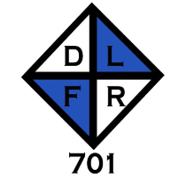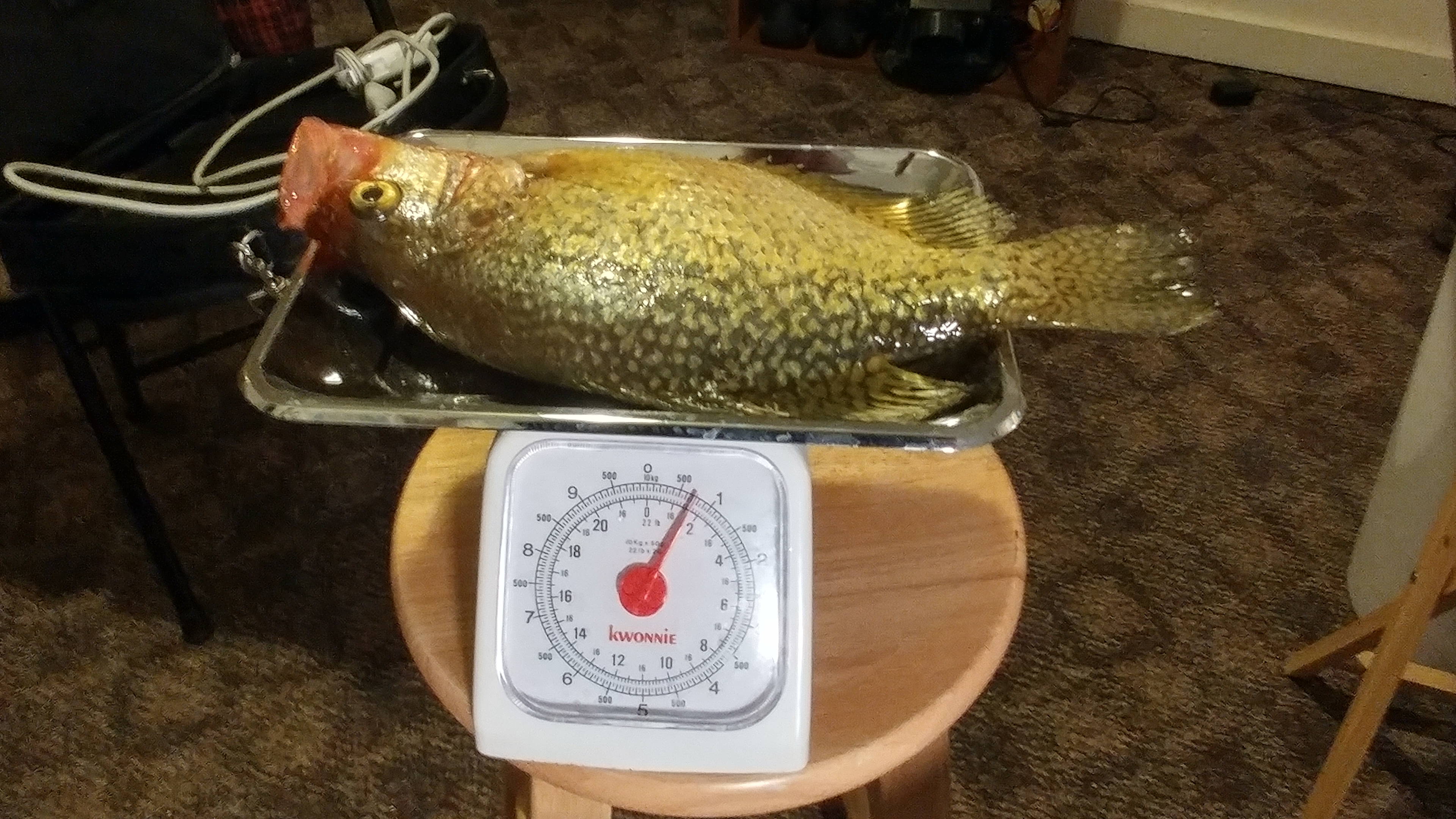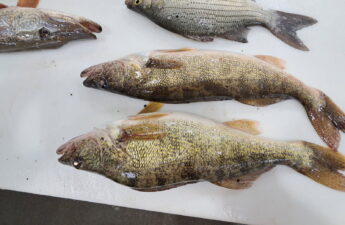Since We Are On The Topic Of ‘Other’ Species
Devils Lake has made a name for itself due to it’s near peerless Summer Walleye Fishing and its Winter Jumbo Perch opportunities. Walleye and Perch are the superstars of this wonderful fishery. People come to Devils Lake and the northern tier of North Dakota to try their luck at cashing in on a Jumbo Perch gold mine or a Walleye feeding frenzy on one of the almost limitless forms of structure.
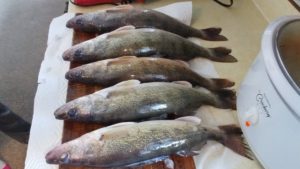

Those two species will always be center stage and are the force that drives our tourist industry in the Summer and Winter.
They are not the only species this great fishery possesses though. The 3 other fish that swim its waters often times get overlooked.
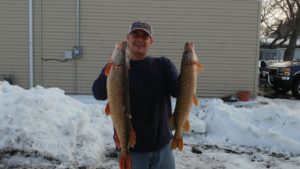
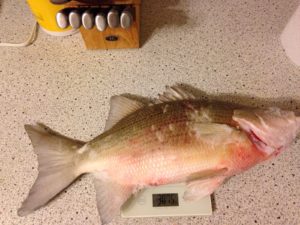

Sure, some come in the spring and early summer to fish for pike and there are even those in the area who focus on the numerous slimers that plague the lake. They are, however, nowhere near as popular as the two superstar of the lake.
Our Alternative Wintertime Species Selection
We aren’t real big pike fans. Sure, in the spring when we have the first opportunity to get the long rods out and fish the coulees, they can be a fun distraction, but through the ice they are a nuisance as we like to chase Perch mostly.
We do, from time to time, change pace a little bit and target two of the Big Devil’s ‘other’ species. Crappies and White Bass on short rods through the ice are exhilarating.
When targeting these, there are 3 specific areas that we look at.
First and foremost being 6 mile bay.
We don’t know why, but 6 Mile Bay is the predominant destination if you want to try to land your first Devils Lake Crappie. They are big, real big and can come in monster schools, especially at the end of February and the start of March.

Last year our ice diminished so fast at the end of February, we missed out on our opportunity to go after them. Hopefully, this year, our ice stays long enough for us to get on them.
The other 2 predominant spots are East Devils Lake and Pelican Lake, keep in mind, these two spots do not seem to have quite the population that 6 Mile Bay does.
Crappies Change Our Approach
When we decide the Perch bite is dormant or are just looking for a little change up, we must change our philosophy on what we are doing also.
There are two types of fish behavior when it comes to Crappies on Devils Lake, and being aware of these will help you have success in finding them.
A. The Roamers-
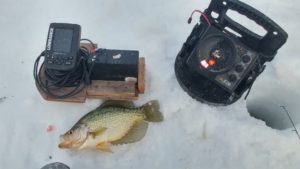
Early in the season and into the dog days of winter,( i.e. January and Early February), the Crappies aren’t schooled up into mega schools making their spawning grounds migration yet. There ARE days where you might find a larger school and really crush them, but for the most part they are roving bands of 10-15 fish that are cruising for a meal.
When you mark a couple, and on an FL-28 the Crappie signal is quite distinct, you might pick off one or two and then they are gone. You can either sit on the spot, grind on em, and wait for the roving band to circle back -or- hop holes and try to stay on top of them.
We have done both with varying successes.
B. The Pre-Spawn Mega Schools-
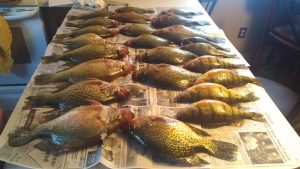
Late February and Early March we see these fish starting to stage off the mouths of small bays in 28-35 feet of water, getting ready to make their spawning ground migration. This is when you can really put the smack down on a Devils Lake Diamond Mine.
Jig It Like Lil’ Wayne At An Amsterdam Weed Buffet
Perch usually like a slow approach and real subtle movements in our jigging techniques. At times, they will go into a frenzy and it won’t matter but for the most part, small twitches and slow rises of the jig will get more bites.
It has been our experience, on a Devils Lake Crappie expedition, this is the exact opposite. Once you have found a spot where you are getting Crappie signatures, its hyperactive time.
I mean Jig that sucker like your arm is having muscle spasms. You have to work that school into a frenzy. There have been times we have jigged schools of Crappies on Devils lake 15 feet off the bottom and had the entire zoom and water column filled with fish.
The Initial Drop: The High Ball Call
When we are searching for Crappies, we drill 5-6, six hole sets, 20 paces apart by 20 paces apart. On our initial drop down we watch the entire water column as our lure descends and don’t let it get all the way to the bottom.
We stop it about 2-3 feet up and then go into a spastic jigging sequence to attract the attention of any Crappies in the area. If there is a school nearby, they usually get quite curious and come right in. It has been our experience that the feeding Crappies act a lot like our Perch and come up on the lure from the bottom or underneath, in fact, we often get into a mixed bag of Perch and Crappies when we have found them.

We like to use bigger jigs and obnoxious lures, Rattle Varmints in gold or perch, Jigging raps in clown or perch, and Buckshots in gold, silver, and anything glow.
We always tip these jigs with a minnow head as we are looking for actively feeding, hungry slabs!
If you are tired of chasing mid-season Perch or Walleyes and want a change of pace, give these ‘other’ fish a try on the Big Devil.
If you are successful and find a school, you will not be disappointed.
Good Luck out there…
